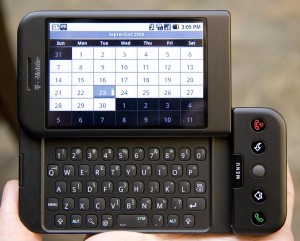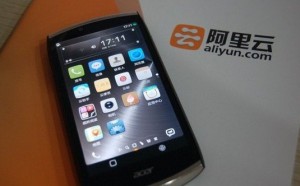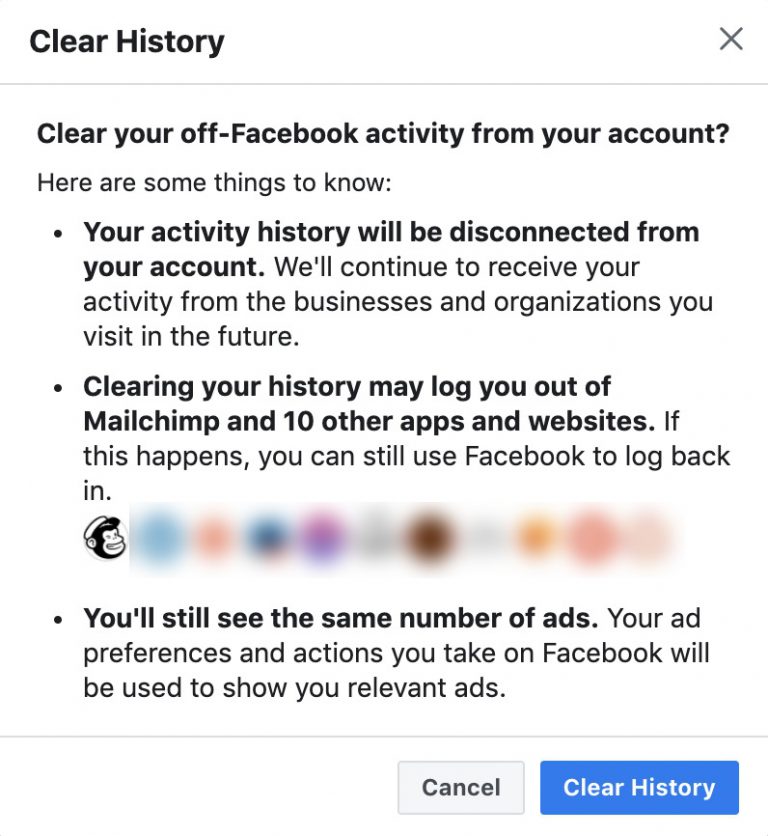
What ever happened to the Open Handset Alliance (OHA)?
Some of you are probably scratching your heads wondering that the OHA is to being with, and that’s not so surprising. What you might be shocked to know is that, officially, the OHA is the organization that guides the development of the Android operating system.
You can be excused for thinking Android was a product of Google. The OHA hasn’t even bothered to update their own web site since 2011. The last phone manufacturer to join the OHA did so in 2009 (Acer). Even when a major breach of the OHA partnership emerged in 2012 (the launch of a phone by OHA member Acer running an ‘incompatible’ version of Android) it was Google itself which responded, not the OHA. Interestingly, in Google’s response, it does mention the OHA and the responsibilities of its members. So what happened?
The Mobile World in 2007-2008
Back in 2007 when the OHA was launched, we were living in a very different mobile world. The most popular phones, by a far margin, were made by Nokia (and were ‘candybar’ shaped). On January 9th, 2007, Steve Jobs got up on the stage in the Moscone Center in San Francisco and introduced the iPhone to the world. I think some handset manufacturer executives crapped their pants. No really. Crapped. Their. Pants. While many people disconnected from the cell phone world made fun of the iPhone, thought it should have buttons, didn’t think the touch screen would work, etc. I believe that people who made phones recognized that even if they believed all the bad things people were saying about the yet-unrelease iPhone, they understood that the iPhone was disruptive.
Only a few short weeks later the LiMo Foundation was launched by a consortium of handset manufacturers and mobile carriers. These included, to start, Samsung, Panasonic, NEC, NTT Docomo, and Vodafone. While people in the US might not think of NEC and Panasonic as major phone manufacturers, they were at the time major suppliers to the Japanese carrier NTT Docomo.
The Origins of Android
Android was originally a company founded in 2003 by, among others, Andy Rubin, who had previously founded Danger, Inc. (who made the Hiptop/Sidekick phone). Android was acquired by Google in 2005, and as a Google project they were toiling away to make a new operating system for mobile devices. It’s no secret that the January 2007 iPhone announcement was a major kick in the gut to the Android team. They were planning their own mobile phone revolution, and now their goals seem antiquated even before launch. This led to a major delay in the launch of Android, in order to regroup and change its focus to incorporate what they learned from the iPhone. The iPhone launched in June 2007.
It wouldn’t be until November 2007 that the Open Handset Alliance would be launched. Founding members included, in addition to Google, handset manufacturers, mobile carriers, chip developers, and other software companies. The handset companies included Samsung, LG, Motorola, and HTC. Chip companies included Broadcom, Qualcomm, Intel and Marvell. Carriers included NTT Docomo, China Mobile, Sprint Nextel, Telefónica, Telecom Italia, and T-Mobile. It’s interesting to compare that when Apple launched the iPhone it had one carrier partner, AT&T.

The goals of the OHA were to simplify the production of phones (by standardizing the software as well as the hardware), but also to simplify the work of mobile software developers. Google knew only too well how hard it was to develop software for mobile phones, where every model would need custom development and the carriers were the gatekeepers of what ended up on their phones. Android, and the OHA, sought to change the development cycle for mobile software.
In February 2008 I was present at the Mobile World Congress in Barcelona, probably the first major industry conference since both LiMo and OHA had formed. I remember thinking at the time that while LiMo was already showing phone models, that the OHA, and Android, had a lot more buzz at the conference. For an interesting perspective, see Who Will Control the Heart of Handsets? from Businessweek in 2008. Undoubtedly, Google spent a lot at the conference to build buzz. They needed buzz, because their first phones were still delayed, not to be launched until the end of the year.
The Samsung Factor
One interesting aspect to all of this, is Samsung. Notice that they were members of both LiMo and the OHA. They were also part owners of the dominant mobile operating system at the time, Symbian. People associate Symbian with Nokia (and indeed Nokia bought out all of Symbian just months after that conference, and turned it over to the Symbian Foundation as an open-source project), but at that time it had several shareholders, including Nokia, Motorola, Ericsson and Samsung. Samsung was shooting in all directions to become a major player in the mobile phone business.
So what happened to the Open Handset Alliance and their supervision of the development of Android? It seems, and I’m open to being shown I’m wrong here, that the OHA was nothing more than a PR stunt orchestrated by Google to make it seem like Android was a standard, when in fact it was a Google product. Sure, it probably helped to get so many companies in the same room, and connected through the OHA, to coordinate on any number of things. Some credit the OHA with helping to standardize the use of Micro USB for charging mobile phones. In the end, however, the OHA was a marketing tool for Android.
Google’s Reassertion of Dominance
Once Android took off, Google reasserted its public dominance in the development of Android. Google led the development of the flagship Nexus phones, even while letting other companies manufacture them, starting in early 2010. In August 2011, Google purchased Motorola, bringing its own hardware manufacturing in-house. Is it coincidence that the last update from the Open Handset Alliance came out just a month earlier in July 2011? I’m not a big believer in coincidences. Buying Motorola was perhaps the final nail in the coffin of the OHA as anything other than a tool for Google to enforce rules on Android licensees.

While Google sold Motorola to Lenovo earlier this year, it kept Motorola’s patent portfolio of somewhere north of 17,000 patents. While those patents can be used to ‘protect Android’ from other companies (such as the members of the Rockstar Consortium that bought Nortel’s patents shortly before Google bought Motorola) they can also be used as a stick to keep OHA members in line (such as when Google got Acer to cancel the launch of a Aliyun OS based phone in China in 2012). Was the Acer strong-arming to prevent fragmentation of Android, or to hurt the emergence of Ayilun as a serious competitor to Android? You be the judge.
